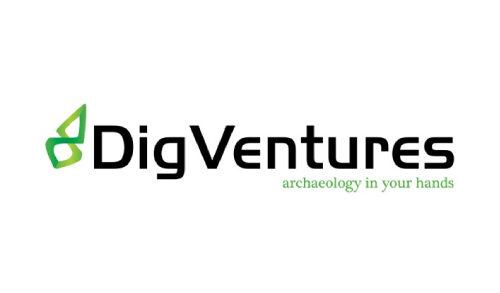By crowdsourcing data collection and analysis, citizen science provides an innovative, cost-effective method for modern research. It also gives the public the chance to get involved with the projects that matter to them.
We have two citizen science map tools perfect for crowdsourcing at scale: Humap and Placemaker.




